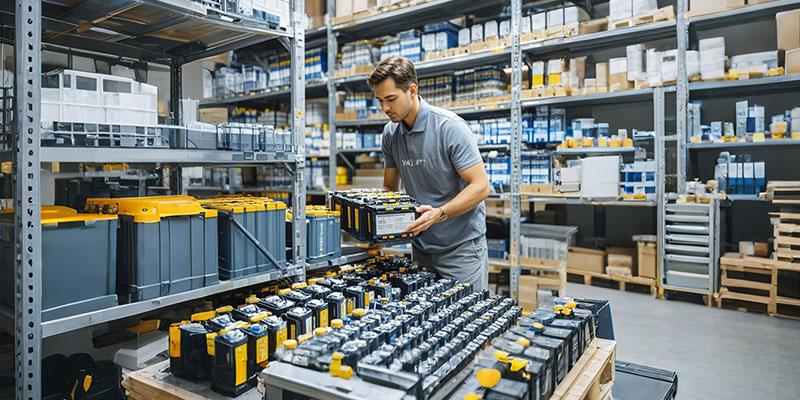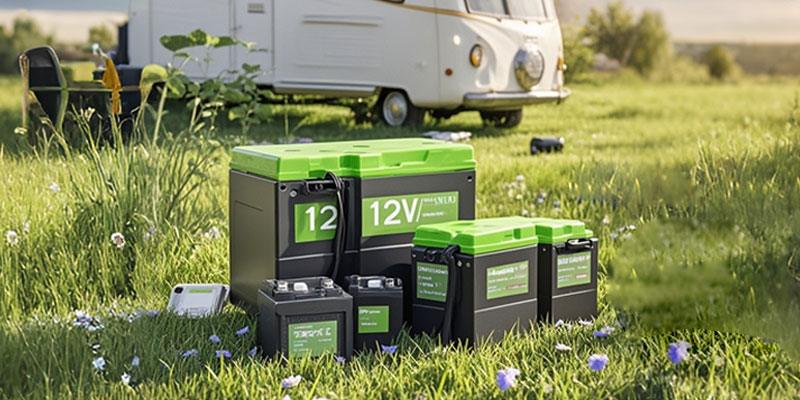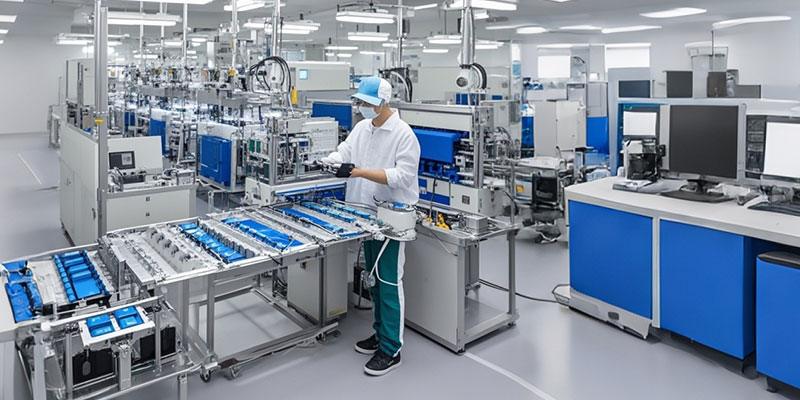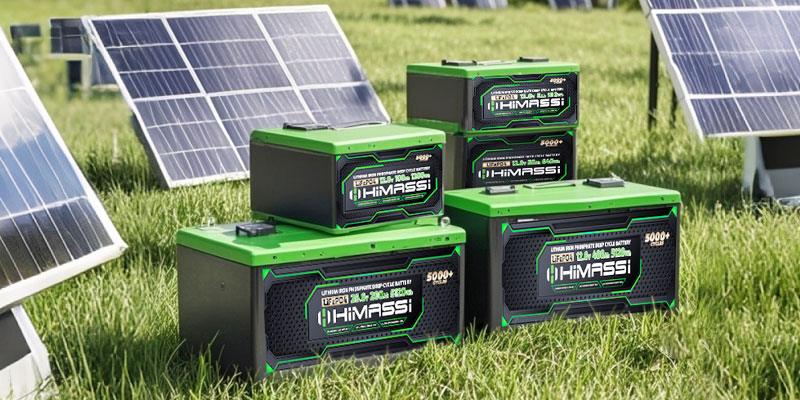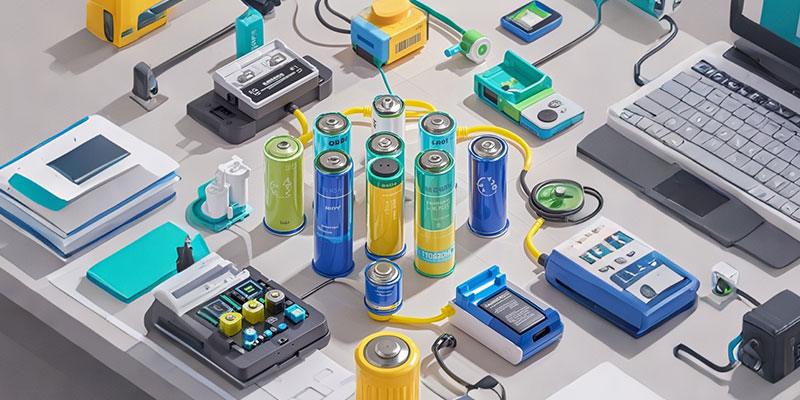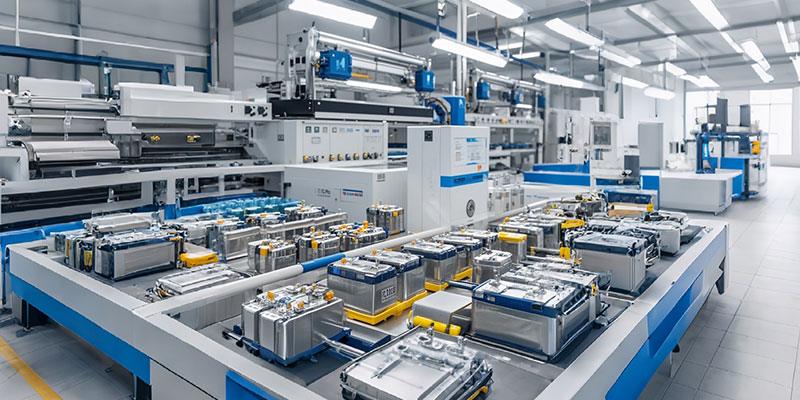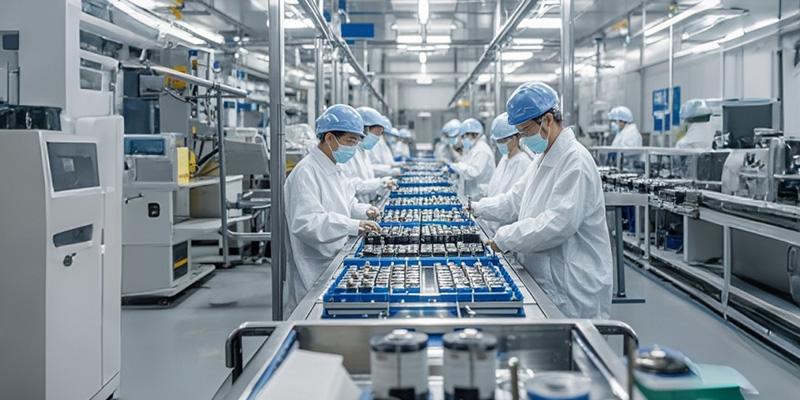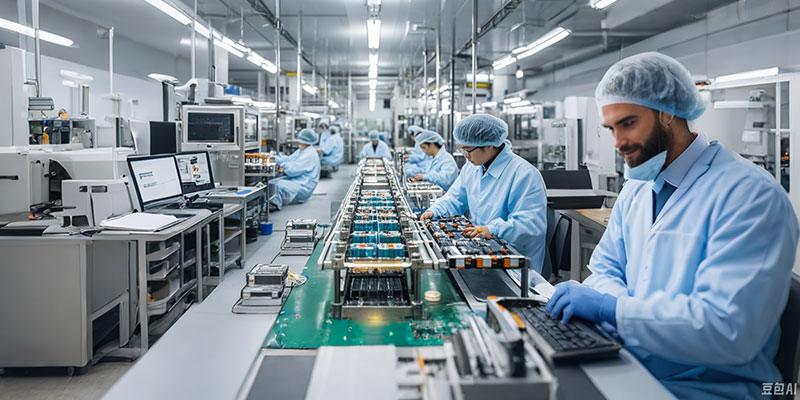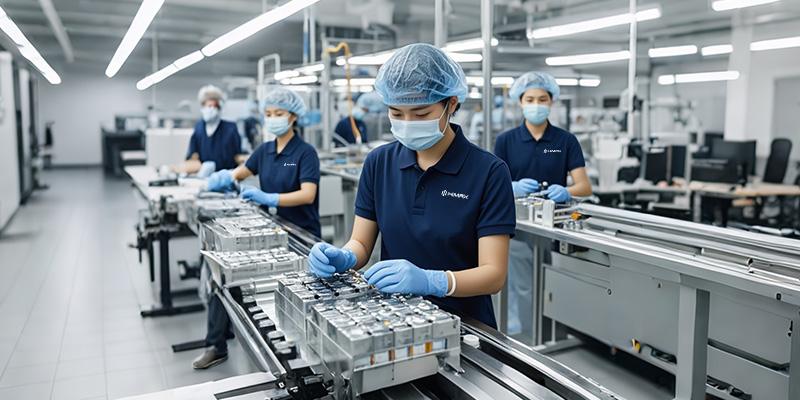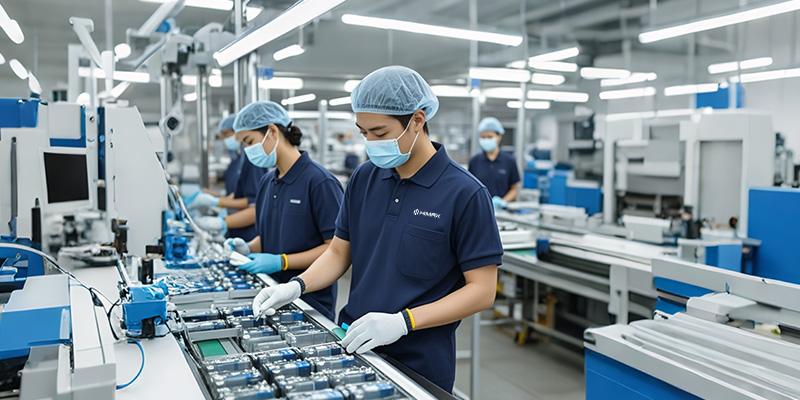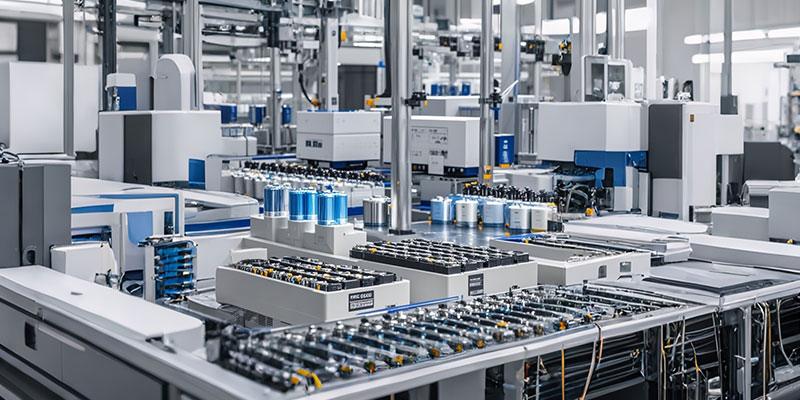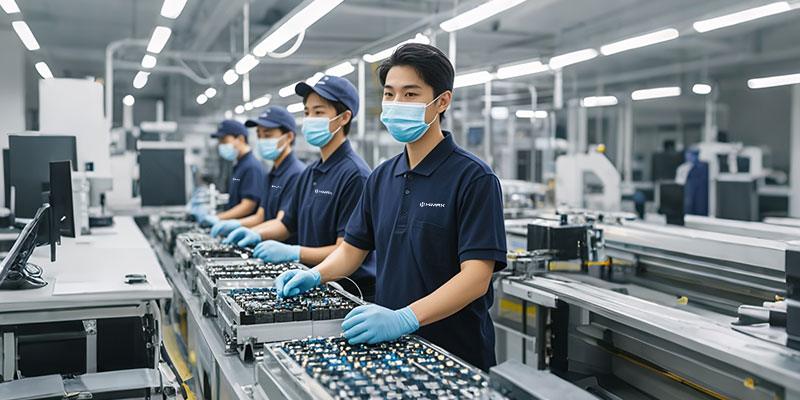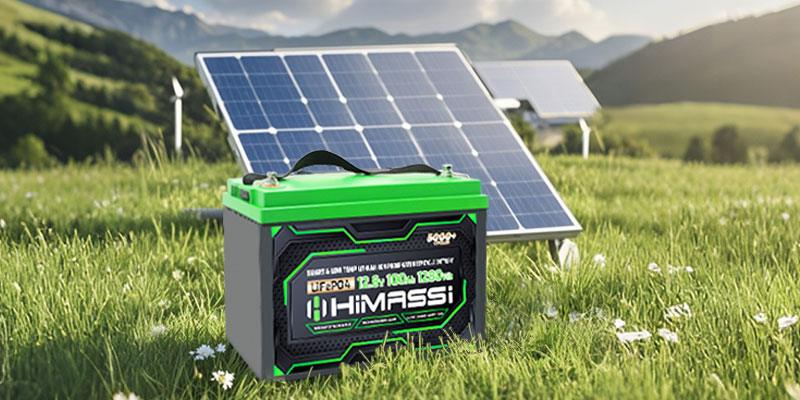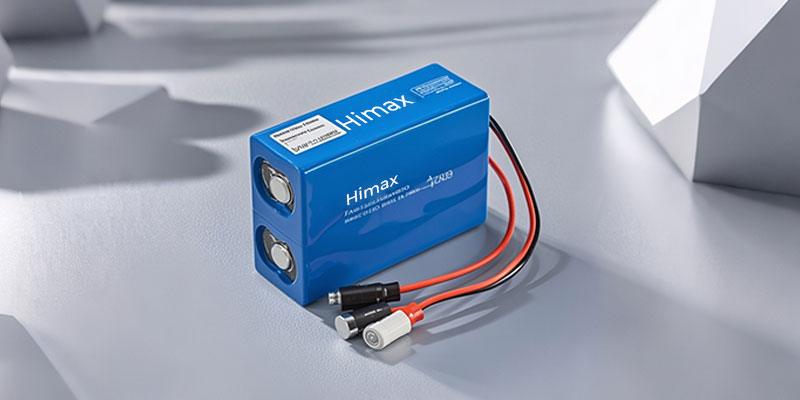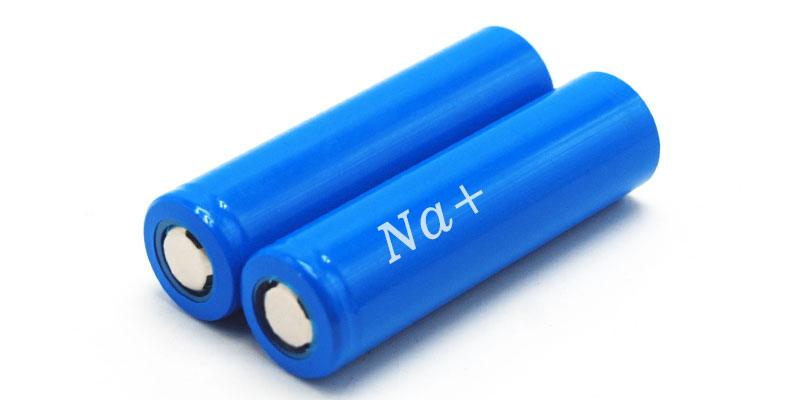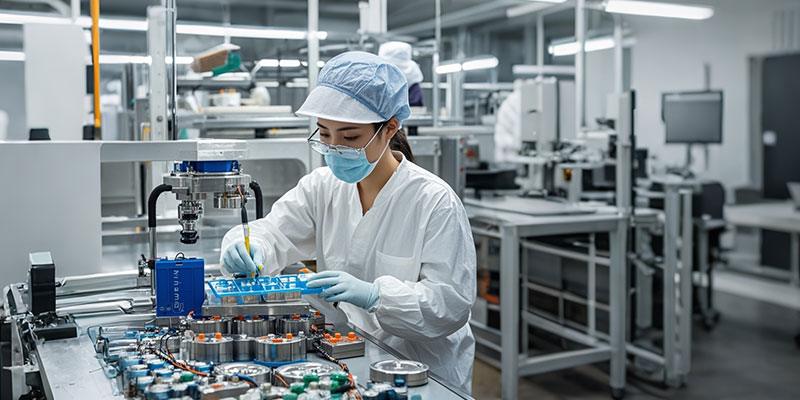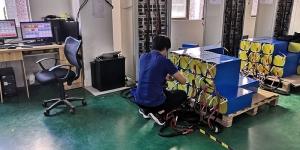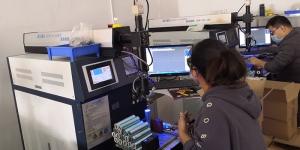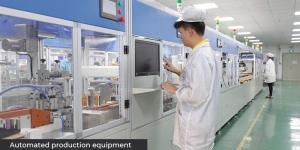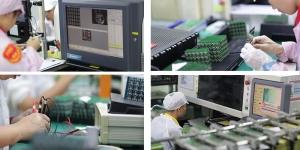Introduction
In the rapidly evolving lithium battery market, choosing a reliable distributor is not just a logistical decision; it is crucial for ensuring the success of your business. As technologies progress and the demand for energy-efficient solutions increases, lithium batteries have become integral to a variety of industries including consumer electronics, electric vehicles, and renewable energy storage systems. Selecting the right distributor affects everything from product quality and supply chain resilience to customer satisfaction and company reputation. In this article, we’ll explore essential factors and strategies to help you identify a distributor who can deliver both quality and reliability, ensuring that your business thrives in a competitive market.
Understanding the Lithium Battery Market Landscape
The lithium battery market is characterized by rapid growth and constant innovation. This growth is propelled by the global shift towards greener technologies and the increasing prevalence of electric vehicles and large-scale energy storage solutions. For instance, as countries aim to reduce carbon emissions, the adoption of electric vehicles has surged, significantly driving up the demand for high-quality lithium batteries.
It’s essential to grasp these trends because they directly affect battery supply chains and market availability. A distributor well-versed in navigating these trends will be better equipped to handle the pressures of supply and demand, ensuring that you receive your products without delay even during market fluctuations.
Moreover, understanding the market landscape helps in assessing the long-term viability of your distributors. Those who invest in sustainable practices and are aligned with global supply chain ethics are more likely to provide stability and reliability. For example, distributors who source their lithium responsibly and adhere to international trade laws are demonstrating a commitment to sustainable and ethical business practices, making them more dependable partners in a complex global market.
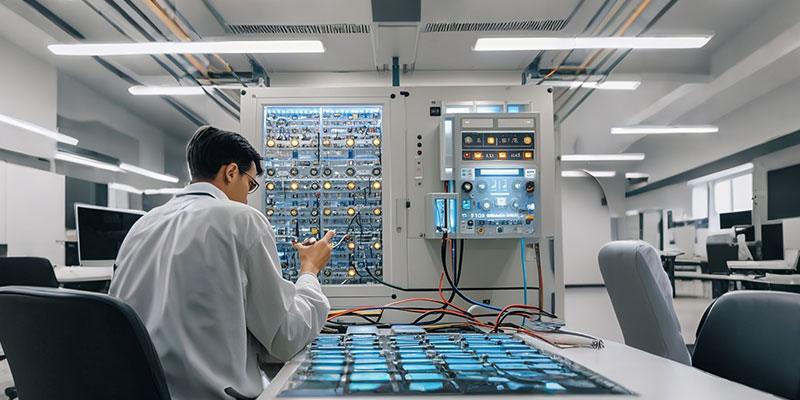
Key Factors to Consider When Choosing a Distributor
- Quality Assurance
Quality assurance is the bedrock upon which reliable distributor relationships are built. A distributor’s commitment to quality can often be gauged by their adherence to international standards such as ISO 9001 for quality management systems and RoHS (Restriction of Hazardous Substances) for environmental compliance. For instance, a distributor like Himax Electronics, which maintains these certifications, ensures that each product not only meets but often exceeds the required standards. Asking for batch test reports or quality control documentation is a practical way to verify that the distributor’s claims about quality are substantiated by evidence. Furthermore, distributors who participate in regular third-party audits demonstrate a transparent and proactive approach to quality assurance.
- Pricing and Value
While it’s important to find competitively priced supplies, focusing solely on low prices could lead to compromises in product quality or service reliability. A good example of assessing price-to-value is comparing the warranty terms between distributors offering similar prices. A distributor that provides a longer warranty might indicate a higher confidence in the longevity and performance of their batteries, suggesting better value for your investment. Evaluating pricing strategies should also include an analysis of after-sales support and the costs associated with returns and exchanges, which can significantly affect the total cost of ownership.
- Supply Chain Stability
Supply chain stability is critical, especially in industries like electronics and automotive, where the demand for lithium batteries is high and often fluctuates. Distributors with a robust supply chain can manage these fluctuations without impacting your inventory. For example, during the global chip shortage, distributors who maintained reliable battery supplies helped their clients avoid production delays. Evaluating a distributor’s logistics capabilities, warehouse management practices, and their ability to scale operations in response to market demands is crucial. Partnerships with multiple manufacturers and strategic stockpiling are signs of a distributor prepared for supply chain disruptions.
- Customer Service
Excellent customer service can greatly influence the satisfaction and loyalty of your clients. A distributor that offers comprehensive customer support, including quick response times, flexible return policies, and proactive communication, can be a valuable asset. An example of this might be a distributor who provides detailed tracking information for shipments and has a dedicated helpline for resolving issues quickly. Effective customer service also includes the ability to provide customized solutions, such as battery configuration adjustments or specialized packaging, which can be pivotal for businesses with unique needs.
- Technical Support and Innovation
Finally, a distributor’s ability to offer technical support and stay at the forefront of innovation is essential in a technology-driven market. Distributors who can offer expert advice on battery integration and upcoming technologies can help you make better product development decisions. For instance, a distributor providing insights into the latest advancements in battery management systems (BMS) technology or new lithium battery formulations gives your business a competitive edge by enabling you to adopt these innovations earlier than your competitors.
Practical Tips and Strategies
Selecting a reliable lithium battery distributor requires thorough preparation and strategic thinking. Here are some effective tips and strategies to guide your decision-making process:
Market Research
Start by conducting comprehensive market research to identify potential distributors. Use industry reports, trade shows, and business directories to gather information. For example, attending industry-specific exhibitions like the Battery Show in North America can provide firsthand insights into the capabilities and reputations of various distributors. Additionally, online forums and review sites can offer unfiltered feedback from other customers about their experiences with specific distributors.
Background Checks
Perform detailed background checks on potential distributors. This includes looking into their financial stability, which can be assessed through credit reports and financial statements. A financially stable distributor is less likely to face operational disruptions that could affect your supply chain. Also, consider their history in the market; companies that have maintained a strong presence over the years are generally more reliable. Checking references and speaking directly with current clients can provide a clear picture of the distributor’s reliability and service quality.
Effective Communication and Negotiation
Effective communication is key to establishing a strong partnership. Ensure that you clearly communicate your needs and expectations to potential distributors. During negotiations, focus on creating a win-win situation where both parties feel the agreement is beneficial. Discuss not just pricing but also terms like delivery schedules, minimum order quantities, and after-sales support. Skilled negotiation can lead to better terms and foster a cooperative relationship right from the start.
Case Studies
To illustrate these strategies in action, consider the following real-life examples:
Case Study 1: Automotive Industry
A leading electric vehicle manufacturer needed a reliable supplier of high-capacity lithium batteries. They chose a distributor known for its robust supply chain and strong technical support. The distributor’s ability to provide consistent supply and quick adaptation to the latest battery technologies helped the manufacturer avoid production delays and capitalize on emerging market opportunities.
Case Study 2: Consumer Electronics
A consumer electronics company was looking to enhance its product line with high-quality lithium batteries. By selecting a distributor with excellent quality assurance practices and an impressive track record of customer service, the company was able to improve product reliability and customer satisfaction significantly. The distributor’s proactive communication and flexible handling of logistics challenges were crucial during a global supply chain disruption.

Conclusion
Choosing the right lithium battery distributor involves more than comparing prices and product specifications. It requires a strategic approach that considers quality, value, supply chain stability, customer service, and technical support. By applying the practical tips and strategies outlined above and learning from real-world case studies, businesses can make informed decisions that strengthen their supply chains and enhance their market competitiveness.

